My chir pine
ospreynn
17 years ago
Featured Answer
Sort by:Oldest
Comments (33)
pineresin
17 years agolast modified: 9 years agoclement_2006
17 years agolast modified: 9 years agoRelated Discussions
Problem with Colorado blue spruce
Comments (46)I have never posted, but thanks for the answer. I bought the tree in December 2011 and covered the pot with bags I had of mulch. When summer arrived, I had to go away for a month so it never got planted until July. My husband added 2 gallons of water everyday until I came home to plant it. I don't like anyone in my flower beds, but me. I will look for another small tree to plant in front of it. I did plant the ball last year with some Myke. I hope that helped it. My ground is very damp. I put my hands down there last week when it was very warm here in Ottawa. The nursery who sold me the tree, said to leave at least 2-3 inches of the crown out of the ground. Otherwise I cannot get air to the roots. I am new at this, so I am looking for some experienced people who can help me. Thanks for the info....See MoreHimalayan pines
Comments (3)P. wallichiana comes from the same area as P. roxburghii, but mostly at higher altitudes (rox: 400-2300m, wally: 1800-3400m, so there is some overlap), so adapted to a somewhat cooler climate, and probably more important, wetter climate. But certainly still well worth a try. Broadly the same altitudes as Cedrus deodara, but with more of a tendency to be on north-facing slopes, with the cedar on sunnier south-facing slopes. P. geradiana and P. bungeana should both be rather more drought tolerant - they're very like pinyons. Resin...See Morethese are growing in my ditch. baby pine trees?
Comments (14)I'll take another close up picture today, but it looks like its got 2 needles coming out of each hole. I'll put a ruler on the needles too. I have so many I don't know how I can pot them all. Right now each of them was dug out with a pretty big root ball because the soil is still nice and wet. What am I going to do with all these??? And where to plant them???? I have a pretty big wet area (sometimes wet in spring and fall), maybe I could put them there....See MoreHelp! My new home is knotty pine on floors, walls, ceilings!
Comments (6)Start by providing photos. No one can really give good suggestions without seeing the space you're dealing with. Take pictures of rooms you're asking about from all four walls so we can see doorways, windows, adjacent spaces. What furniture do you plan to bring? Start an Ideabook on Houzz called "knotty pine" and save those that appeal to you. Is this a vacation home or main home?...See Moreclement_2006
17 years agolast modified: 9 years agoademink
17 years agolast modified: 9 years agoospreynn
17 years agolast modified: 9 years agopineresin
17 years agolast modified: 9 years agoospreynn
17 years agolast modified: 9 years agopineresin
17 years agolast modified: 9 years agotorreya-2006
17 years agolast modified: 9 years agotcharles26
17 years agolast modified: 9 years agoospreynn
17 years agolast modified: 9 years agojaro_in_montreal
17 years agolast modified: 9 years agopinetree30
17 years agolast modified: 9 years agoospreynn
17 years agolast modified: 9 years agohawk307
17 years agolast modified: 9 years agotreelover3
17 years agolast modified: 9 years agoospreynn
17 years agolast modified: 9 years agohawk307
17 years agolast modified: 9 years agohawk307
17 years agolast modified: 9 years agosandyhill
17 years agolast modified: 9 years agotreelover3
17 years agolast modified: 9 years agohawk307
17 years agolast modified: 9 years agohawk307
17 years agolast modified: 9 years agoospreynn
17 years agolast modified: 9 years agohawk307
17 years agolast modified: 9 years agoospreynn
17 years agolast modified: 9 years agohawk307
17 years agolast modified: 9 years agobotann
17 years agolast modified: 9 years agohawk307
17 years agolast modified: 9 years agohawk307
17 years agolast modified: 9 years agohawk307
17 years agolast modified: 9 years agoSantosh Gupta
last year



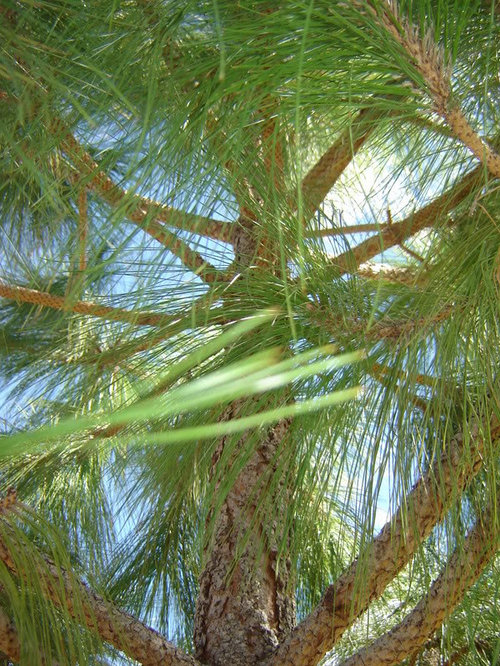
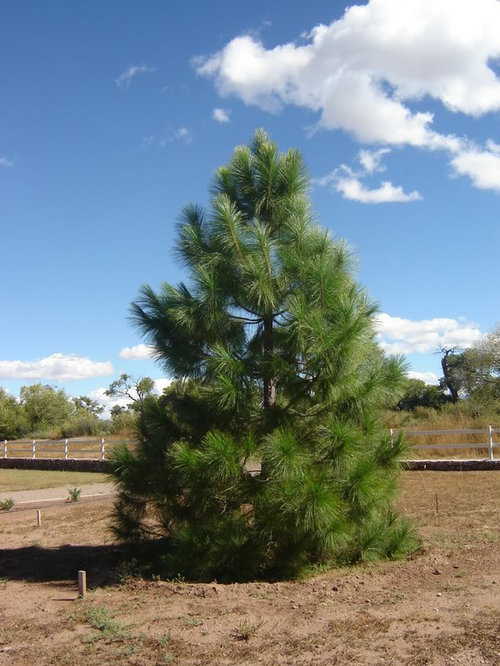
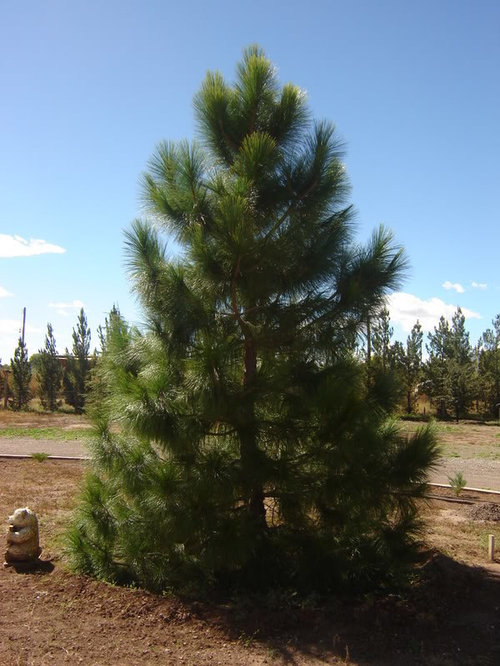
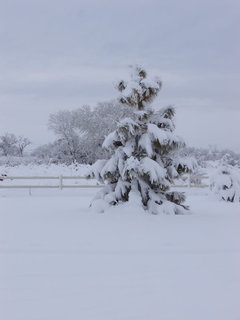

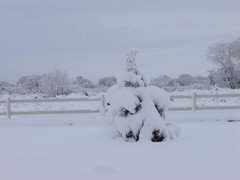


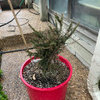

pineresin